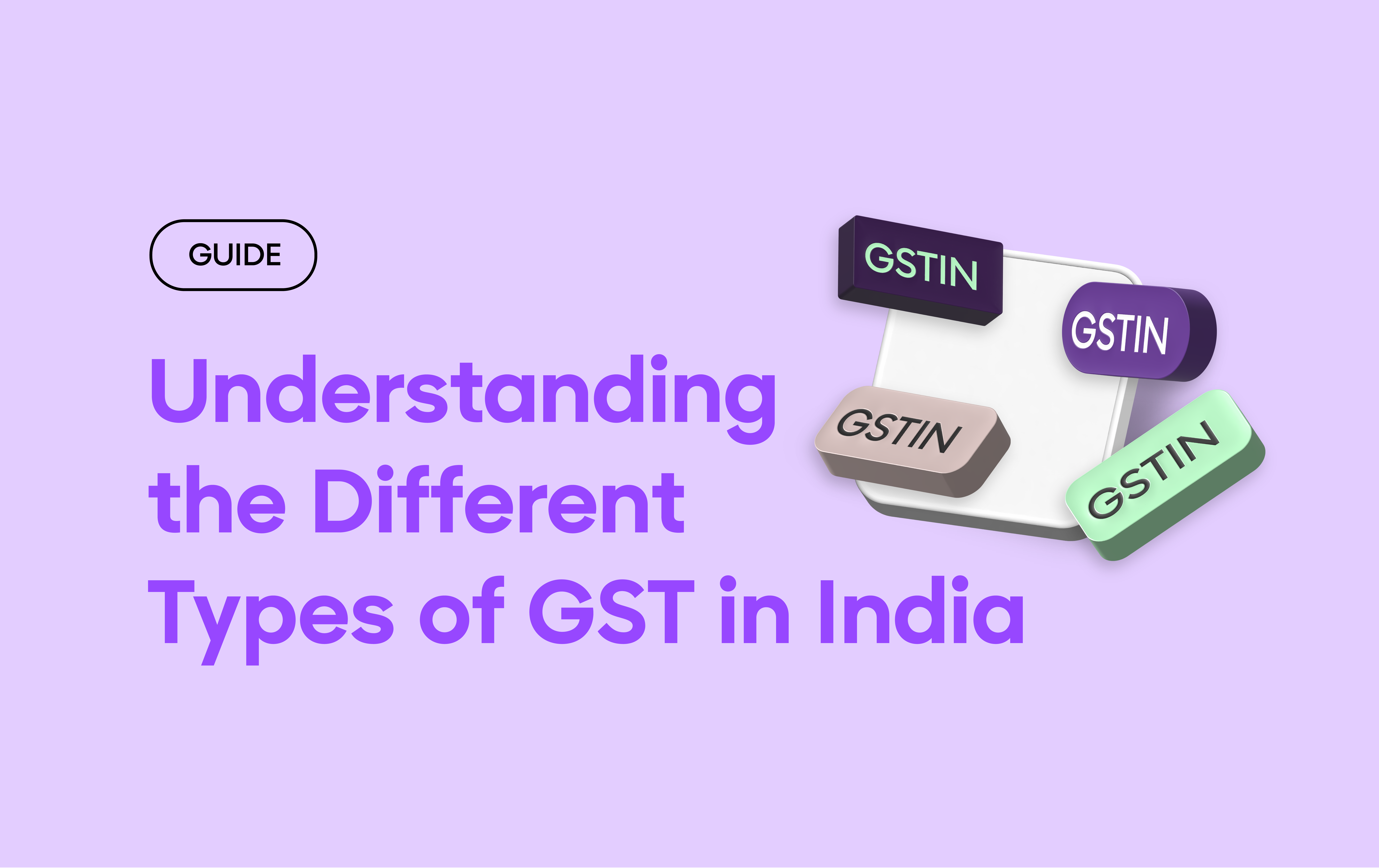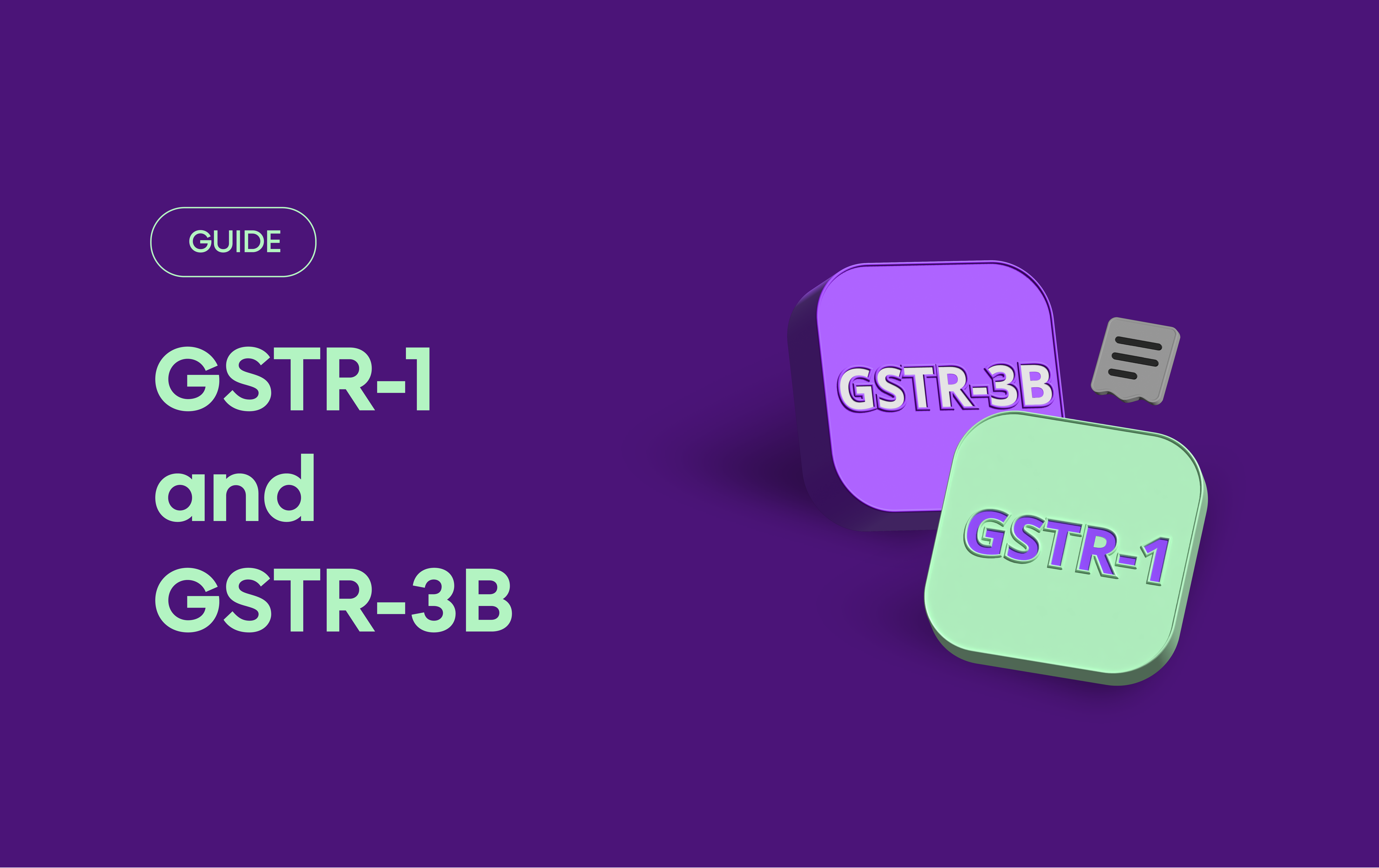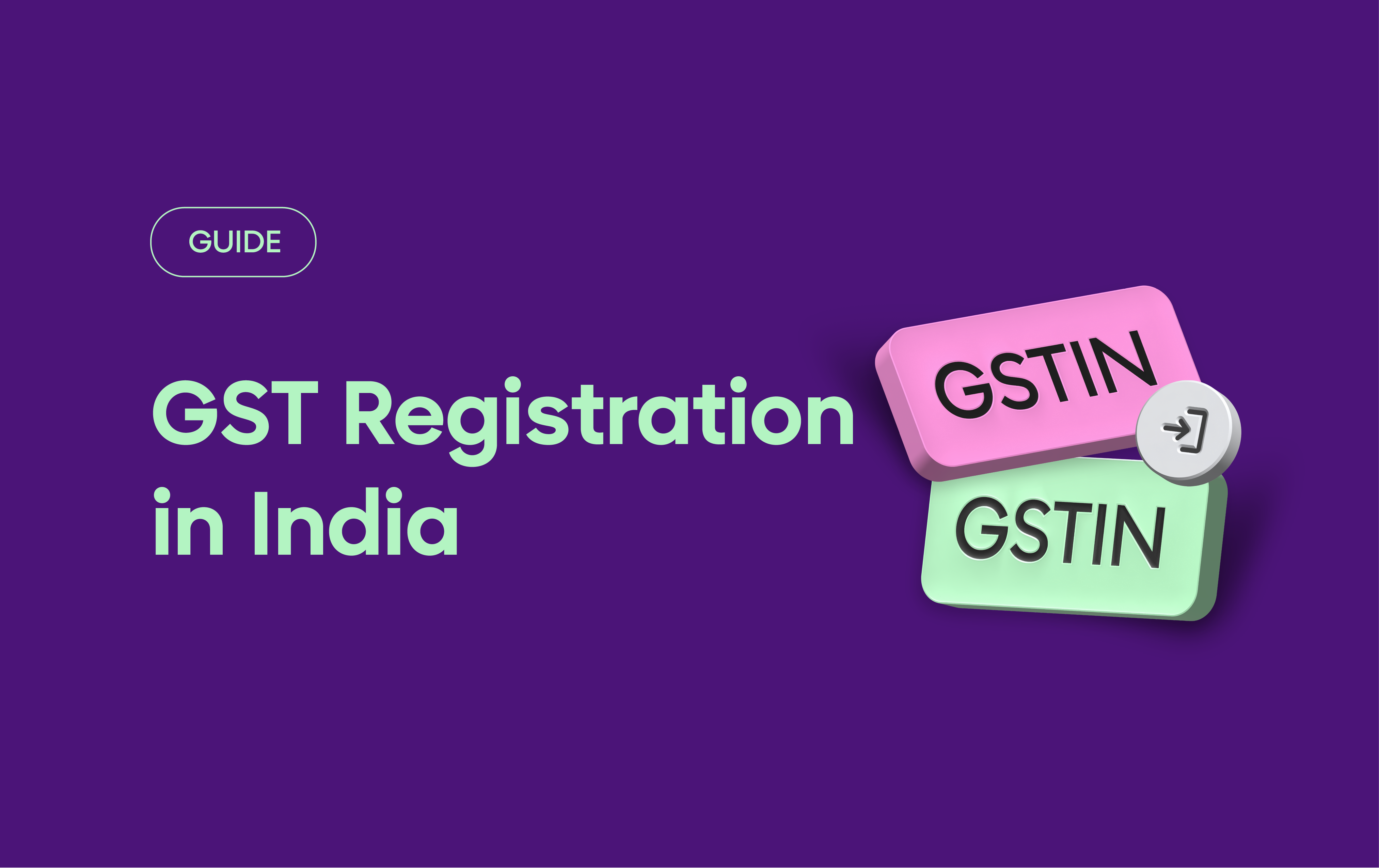The Goods and Services Tax (GST) was introduced in India on July 1, 2017, as a revolutionary tax reform. It simplified the complex web of indirect taxes by subsuming multiple taxes into a single, unified framework. GST operates on a destination-based taxation model and is levied on the supply of goods and services across the country. However, to ensure seamless implementation and accommodate the federal structure of governance, GST is divided into different categories. This article explains the various types of GST, their applicability, and how they function in our Indian economy.
Types of GST
Central Goods and Services Tax (CGST)
CGST is the component of GST levied by the Central Government on intra-state supplies of goods and services. It replaces central taxes such as excise duty and service tax.
Key Features:
- Applicable on transactions occurring within a state (intra-state).
- The revenue collected under CGST is retained by the Central Government.
- CGST rates are identical to the State GST (SGST) rates to maintain parity.
Example: If a manufacturer in Pune, Maharashtra, sells goods to a retailer in Nashik, Maharashtra, for ₹1,00,000 and the applicable GST rate is 18%, CGST will be 9% (₹9,000), and SGST will also be 9% (₹9,000).
State Goods and Services Tax (SGST)
The respective state governments levy SGST on intra-state transactions of goods and services. It replaces state taxes such as VAT, entertainment tax, and luxury tax.
Key Features:
- Revenue collected under SGST is retained by the respective state governments.
- The SGST rate matches the CGST rate for any given transaction.
- States and Union Territories with legislatures (e.g., Delhi, Puducherry) levy SGST, while Union Territories without legislatures levy Union Territory GST (UTGST).
Example: Using the same example stated above, the retailer in Nashik pays ₹9,000 as SGST for the goods purchased within the state.
Integrated Goods and Services Tax (IGST)
IGST is levied on inter-state transactions of goods and services, as well as on imports and exports. The IGST mechanism ensures that tax is collected in the state where the goods or services are consumed.
Key Features:
- Collected by the Central Government and later distributed to the destination state. The supply is treated as zero-rated for exports, allowing businesses to claim refunds on taxes paid for inputs used in manufacturing export goods.
- Prevents the cascading of taxes by allowing input tax credit (ITC) utilization.
- Ensures smooth tax compliance for businesses operating across states.
Example:
If a business in Gujarat sells goods worth ₹5,00,000 to a business in Rajasthan, and the applicable GST rate is 18%, an IGST of ₹90,000 (18%) is charged. The Central Government collects this amount and transfers the state’s share to Rajasthan.
Union Territory Goods and Services Tax (UTGST)
UTGST is similar to SGST but is applicable in Union Territories without a legislature, such as Chandigarh, Lakshadweep, Andaman and Nicobar Islands, Dadra and Nagar Haveli, and Daman and Diu.
Key Features:
- Levied alongside CGST on intra-UT transactions.
- Replaces taxes like VAT and service tax within Union Territories.
- Ensures parity with GST implementation in states.
Example: If a business in Chandigarh supplies goods to another business within Chandigarh, UTGST is levied along with CGST.
GST on Imports and Exports
Imports
- Imports are treated as inter-state supplies and attract IGST.
- Custom duties, if applicable, are levied in addition to IGST.
- The IGST paid on imports can be claimed as input tax credit.
Exports
- Exports are treated as zero-rated supplies under GST.
- Businesses can claim refunds on GST paid for inputs used in export goods.
- This promotes the competitiveness of Indian goods in the global market and supports “Make in India” initiatives.
Benefits of GST’s Structure
- Elimination of cascading effect: By integrating multiple taxes, GST prevents the cascading effect of ‘tax on tax’, reducing the overall tax burden on consumers.
- Ease of doing business: A uniform tax structure simplifies compliance and improves the ease of doing business across the country.
- Boost to digitalization: GST has accelerated the adoption of digital tools for tax compliance, with businesses filing returns and paying taxes online.
- Revenue sharing: The bifurcation into CGST, SGST, and IGST ensures fair revenue sharing between the Centre and states.
Understanding the different types of GST—CGST, SGST, IGST, and UTGST—is essential to grasp how India’s taxation system works. Each type serves a specific purpose, balancing the needs of businesses and governments while ensuring transparency for consumers. By streamlining the tax process, GST has reduced complexities and created a unified tax framework that benefits the entire economy.
Despite challenges, the GST system continues to evolve, adapting to the needs of a growing and diverse economy. Initiatives like e-invoicing and a simplified GSTN portal have made compliance easier, demonstrating the government’s commitment to making GST user-friendly.
As businesses and consumers embrace these changes, GST is set to play a pivotal role in shaping India’s economic future. By simplifying taxes, promoting fairness, and encouraging growth, GST has laid a strong foundation for a thriving, transparent, and inclusive economy.
Download the important GST dates and GST Calendar 2025 here.





